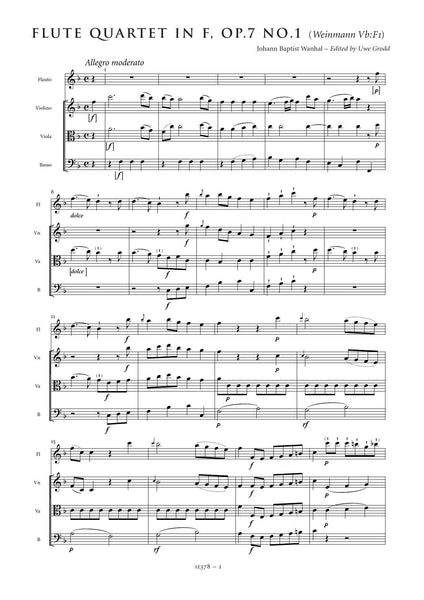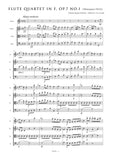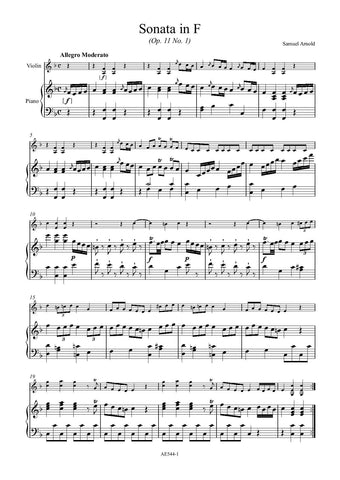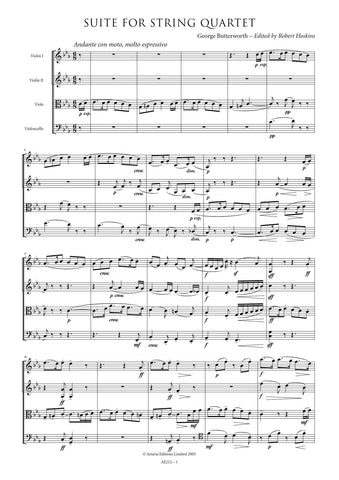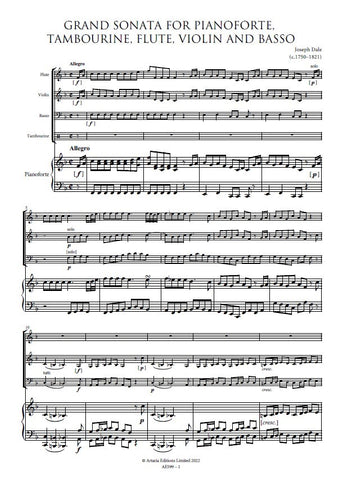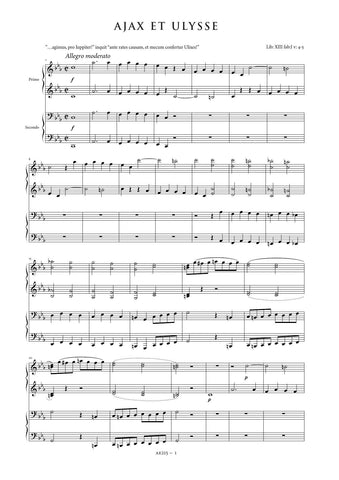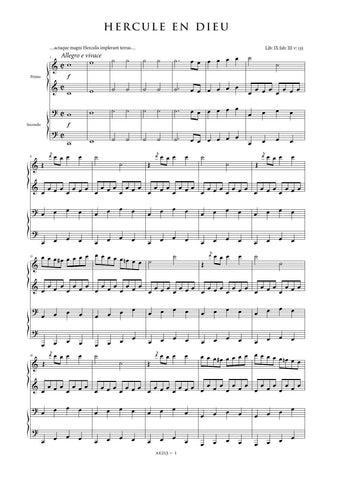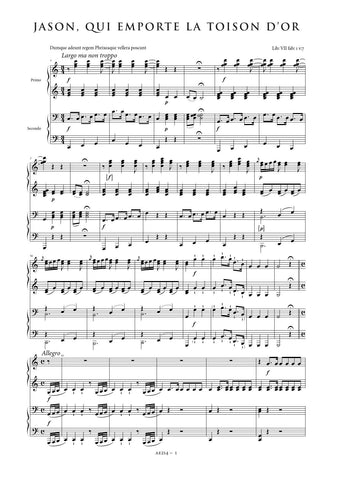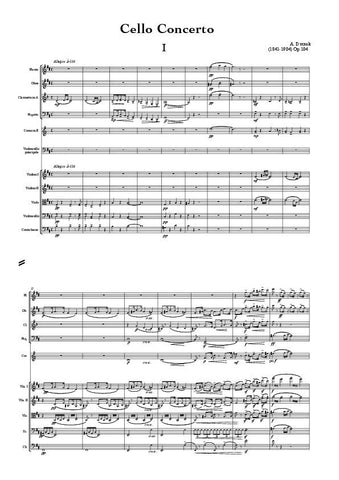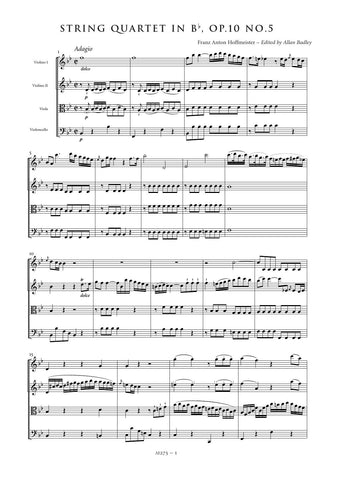Description |
Wanhal, Johann Baptist (1739-1813)
|
||||||||||||||||||||
Details |
The flute writing in Wanhal's quartets is a good deal less virtuosic than the solo writing found in Hofmann's quartets. The principal reason for this lies in the greater equality of part-writing and in this respect Wanhal's quartets are more modern and technically advanced than those of Hofmann. One prime example of this can be seen in Wanhal's adoption of the modern alla breve notation in first movements in preference to the fussy eight-in-a-bar favoured by Hofmann and others. There is also a greater emphasis on the development of thematic material although not to the same extent or intensity that one encounters in the composer's symphonies. In keeping with the conventional practice of the period the flute quartets were conceived to be played with a variety of possible instruments on the top part. The London publisher Welcker, for example, issued the Op. 7 set with the title page "Six Quartettes for a / Hautboy or German Flute" whereas Sieber styled them "Six Quartetto Concertante / Pour une Flute au Hautbois". Copies of several works from the set are preserved in manuscript as string quartets and at least one work as a clarinet quartet. There is good reason to believe that the six flute quartets under consideration were conceived as a set and probably intended for immediate publication. They first appeared under Huberty's imprint in 1771 (as Op.8) and may have been composed reasonably close to the publication date. Whether Wanhal sent the works direct to Huberty is uncertain. It is very interesting to note, however, that Sieber issued the same works in a new edition the following year - it was announced on 28 January 1772 - and this seems to have been the basis for the later (undated) Welcker edition published in London and many of the extant manuscript copies. Sieber's edition was also advertised in Supplement VII (1772) of the Breitkopf Catalogue as "VI Quattri di Vanhall, a Flauto, Viol., V. & B. Op.VII. Parigi". The most obvious clue for establishing a common source for the various editions and MS copies is the numbering of the individual quartets: Sieber,Welcker and many of the extant MSS present the works in the following order: F, B flat, G, E flat, A and C. Huberty, on the other hand, published the works in the order F, B flat, A G, E flat and C. In spite of Huberty's earlier publication date this edition has been based on the Sieber print on the grounds that it appears to have been the more influential. The Welcker edition differs in a number minor details and generally cannot be considered as trustworthy from a textual perspective. Three of the quartets - those in A, C and B flat - can be found in another contemporary edition listed in the Thematischer Katalog der Musikhandschriften der Frstlich Oettingen-Wallerstein'schen Bibliothek Schlo Harburg and now preserved in the library of the University of Augsburg. The works are styled "Divertimento /a/ Violino / Flauto Traverso / Viola e Basso / Del Sig. Vannhall". Dated ca. 1770, it is interesting to note that these copies are virtually indentical to the Sieber print including those variant readings not found in Welcker. In the absence of both the autograph score and an authentic set of parts, this edition presents as faithfully as possible the intentions of the composer as transmitted in the Sieber print. A number of variants have been adopted from other sources, notably the Welcker edition, on the rare occasions where they appear more convincing than Sieber's text. The style and notation of articulation and dynamic markings have been standardised throughout and, where missing from the source, markings have been reconstructed from parallel passages. These are indicated by the use of dotted slurs or brackets. Like most eighteenth-century sources, the present manuscript is inconsistent at in its notation of appoggiature ; these too have been standardised to minimise confusion. Obvious wrong notes have been corrected without comment; text underlay, where confused in the source, has been corrected; editorial emendations with no authority from the source are placed within brackets. Paul Bryan Uwe Grodd |
||||||||||||||||||||
Performance |
- | ||||||||||||||||||||
Score Preview (best viewed in full screen mode) |
|||||||||||||||||||||
Loading...
Error




